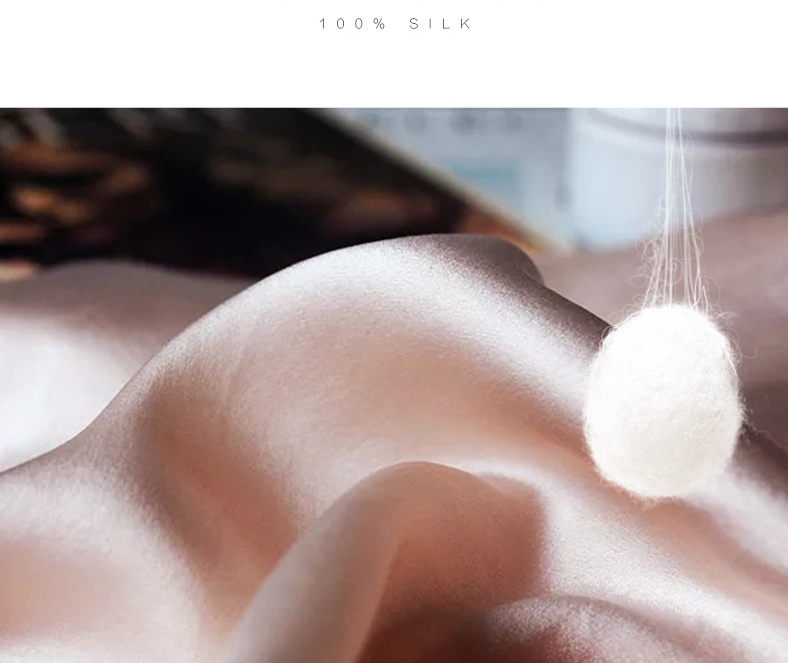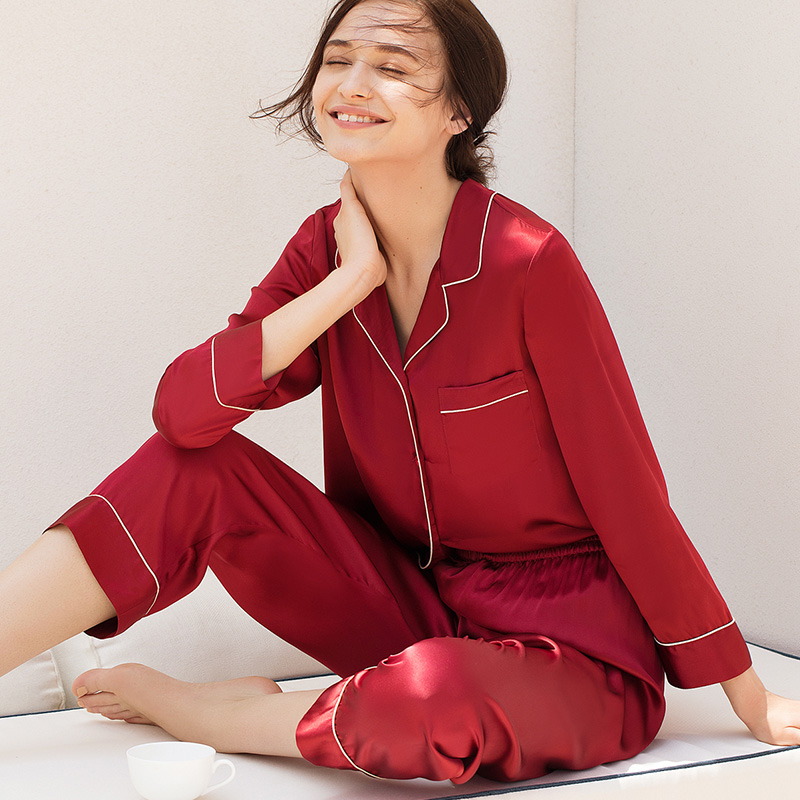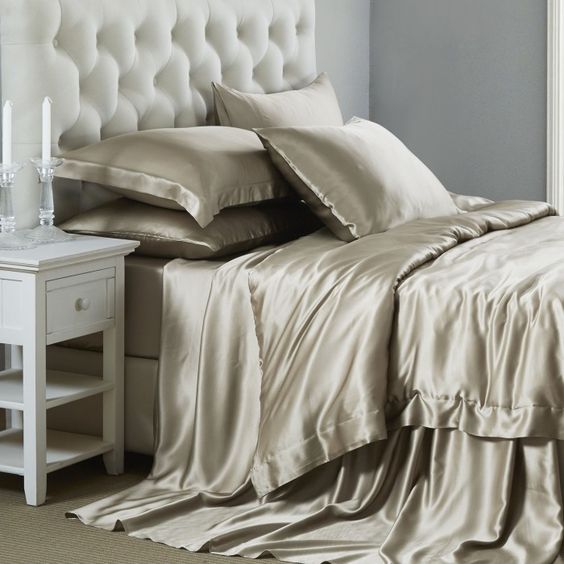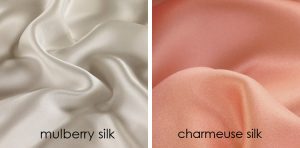Silk bedding quality is referred to using momme weight.

Many people are familiar with thread count, which is used with many fabrics as a way to distinguish the overall quality of the fabric.
However, with silk, thread count is not generally used because it is not a good means to distinguish between different qualities of silk.
Silk is an incredibly fine thread to begin with, and thread counts would be extremely high, regardless of the quality of the silk. So for example, a low-quality silk may have a similarly high thread count to a high-quality silk. For this reason, silk uses an alternative system to measure quality, called momme weight.
What is momme?

In simplest terms, momme weight describes the weight of 100 yards of silk, 45 inches wide, in pounds. So, if a fabric is listed with a momme weight of 8mm, it means that 100 yards of the fabric weighs 8 pounds. Many silk dresses and other silk clothing items will be around 8mm in weight. Higher quality silks tend to be 14, 15 or 16mm or higher. The best Silk bedding is 19mm or 19 pounds in weight per 100 yards.
range of momme weight
Silk generally falls into a range of 6 momme on the lower side to a maximum weight of 30 momme. For bedding, silk with a 19 momme weight is generally considered to provide the best balance of strength, aesthetics and affordability.
Importance of momme weight
If you are looking at various silk bedding options and you are unable to find a listed momme weight, you should look elsewhere. Without a declaration of momme weight, you have no way of knowing the quality of silk.
Effect of momme weight
While a higher momme weight silk will be more opaque than a lower momme weight silk, silk in general is a semi-transparent fabric. When deciding on color, remember that dyed silk will be more opaque as the dye will stop light from passing through the fabric, while white silk will be less opaque. However, many people enjoy white silk for its classic look and ability to match with many different types of bedding.




